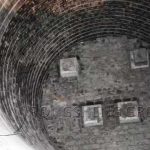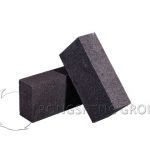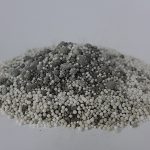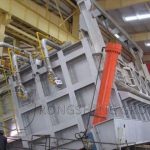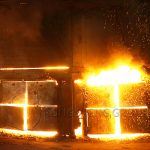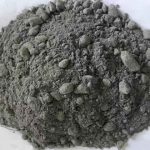Based on the past history of refractory advancements, it is clear that there will be more and more technological developments and innovations in the coming years. There will be more focus on issues such as the environment, recycling, safety, and health. RS Refractory Material Manufacturer is a refractory material manufacturer with rich production and sales experience. Provide comprehensive refractory lining material solutions for high-temperature industrial furnaces. How to improve the service life of copper smelting refractory lining? RS Refractory Material Manufacturer believes that there are the following ways to improve the service life of the refractory lining. For example, by optimizing the design of refractory lining materials, slag engineering process engineering, etc.
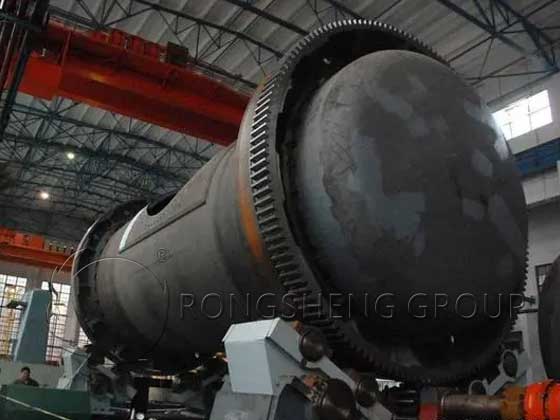
-
Optimize the Design Plan of Refractory Lining Materials
The most direct and effective way to increase the life of refractory materials is to use refractory materials that can withstand mechanical, thermal, and chemical attacks at the same time. The complex copper smelting processes and variety of kiln types require an accurate understanding of independent systems, including operational damage mechanisms. In the refractory industry, understanding and mastering process conditions and refractory damage behavior enables the development and testing of new refractory materials. While innovative refractory concepts are already possible, new refractory types are developments and advances based on one or more characteristics of existing refractories. Such as thermal shock stability characteristics. Comprehensively meet the special needs of copper production enterprises by changing raw materials or production processes. In addition, optimizing the type of refractory materials determines the production process route. The development of new refractory materials will also change with changes in production process conditions, and will also be affected by new kilns, economic benefits, and ecological factors.
Changes in raw materials input into the copper smelting furnace
For initial copper products, high-grade concentrates with low impurities (As, Sb, Pb, Bi, etc.) are becoming increasingly scarce. The increase in the impurity content in the raw material concentrate directly or indirectly changes the corrosion behavior of the refractory material by changing the operating process. For example, it is necessary to more effectively remove As and Sb from copper metal liquid by changing operating conditions. This can be achieved by adding superheated metal or switching to calcium ferrite-based slag. Both methods have a negative effect on the corrosion resistance of refractory materials. Trace elements in the slag will also directly affect the viscosity of the molten slag, thereby changing the penetration behavior of the refractory material. Increase the solubility of refractory components in the slag, leading to accelerated damage of the refractory lining.
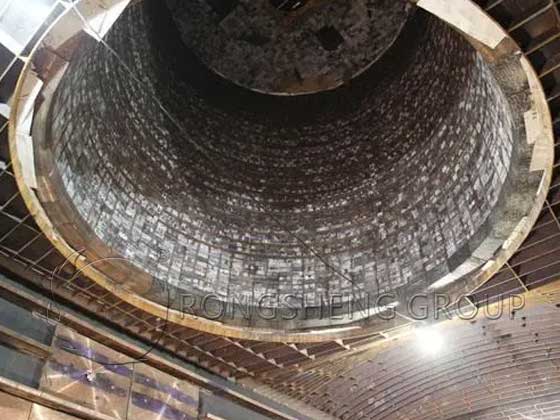
Changes in production process conditions of copper smelting furnaces
The pyrometallurgy process of secondary copper products is becoming increasingly important. Compared with the initial copper product operating process, the secondary copper product smelting process not only requires different process flows and operating conditions. Moreover, the input raw materials contain different impurities. The latter conclusion was demonstrated in Campforts’ study of how residues from copper and other non-ferrous metal industries are melted and refined. Trace elements such as As, Sn, Bi, Pb, etc. are brought into the copper smelting furnace and corrode the refractory materials. Compared with the initial copper product smelting, the refractory damage mechanism has been completely changed. For example, in copper smelting slag, lead oxide reduces the viscosity of the slag and lowers the liquid phase melting point, thereby deepening the penetration of the slag into the refractory bricks. Scheunis studied the effects of relative slag penetration and chemical attack during contact between magnesia-chromium refractories and slag in a synthetic system.
Optimized refractory linings for copper smelting industrial furnaces are usually not constructed from one type of refractory material. Because different locations in the furnace are subject to different mechanical, thermal, and chemical attacks. This means that it is not necessary to find the most erosion-resistant refractory material for every area. It is most economical to optimize the refractory materials in those areas with the most severe erosion. The optimization process is cycled until the corrosion resistance of the refractory material in the most severely corroded areas cannot be further improved. This also determines the maximum service life and furnace age limit of the refractory lining. Because there is no need to maintain a large residual length of refractory bricks in other areas after the furnace age is over, it is more economical to select cheaper refractory materials for these areas. For this type of refractory, the acceptable erosion rate cannot be higher than the range of the highest erosion rate for the refractory used in the kiln.
-
Slag Engineering
The service life of refractory linings can also be improved through slag engineering, which can reduce one or more damage mechanisms by changing the slag composition.
- 2.1 Increase slag viscosity. High-viscosity slag usually reduces the penetration of the slag into the refractory material.
- 2.2 One or more components of the refractory material are saturated in the slag. Dissolution of magnesium oxide in slag is considered to be a very important corrosion mechanism. Therefore, in this case, it is considered possible to consider saturating the magnesium oxide in the slag in advance.
- 2.3 Strengthen spinelization. The spinel layer forms a physical barrier between the slag and the refractory material, preventing more detrimental chemical reactions. Because slag is an important component of the product process, careful consideration is required when changing the slag composition. Although changing the slag composition is usually the most direct way to improve the corrosion resistance of refractory materials, it must not compromise the efficiency and reliability of the process.
-
Changes in Process Engineering
Process conditions are the last way to improve the corrosion resistance of refractory materials, such as changing temperature, oxygen partial pressure, raw materials, etc. Unfortunately, however, processes that generally reduce refractory erosion rates are often more limited by their impact on production than slag engineering to reduce refractory erosion rates.
RS Refractory Material Manufacturer
RS Refractory Manufacturer is a powerful manufacturer and seller of refractory materials. RS manufacturer also owns a refractory brick factory, an unshaped refractory castable material factory, and a precast shapes refractory factory. We provide comprehensive refractory lining materials services for high-temperature industrial furnaces. From the design and construction of refractory lining materials to after-sales service in the use of refractory lining products. Our professional technical team can also provide you with refractory lining material solutions based on the actual production conditions of your industrial furnace. Contact us for a free quote!



